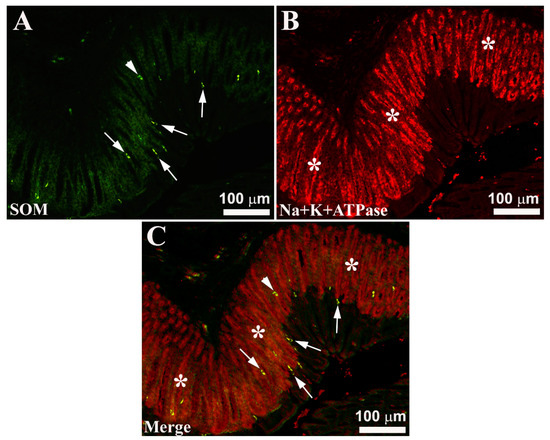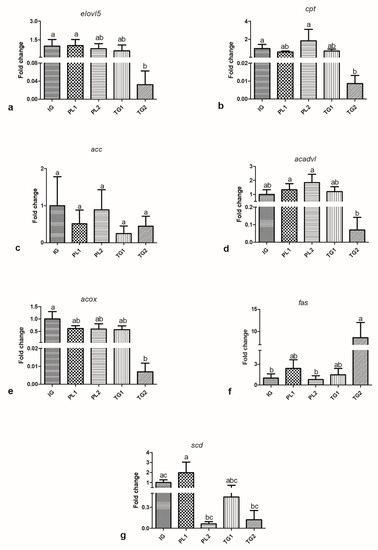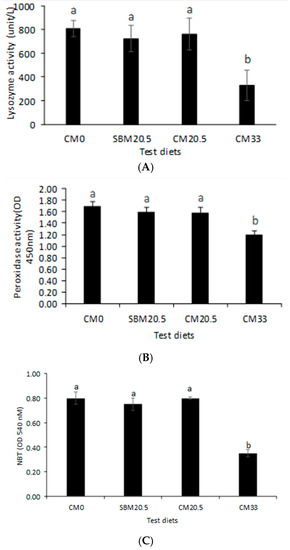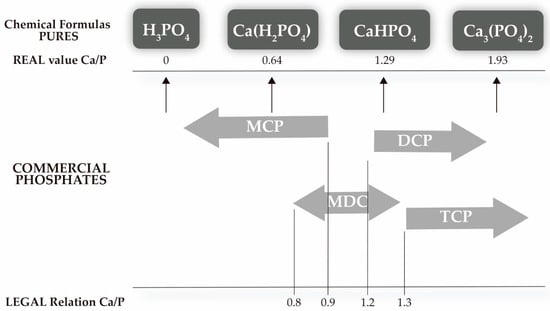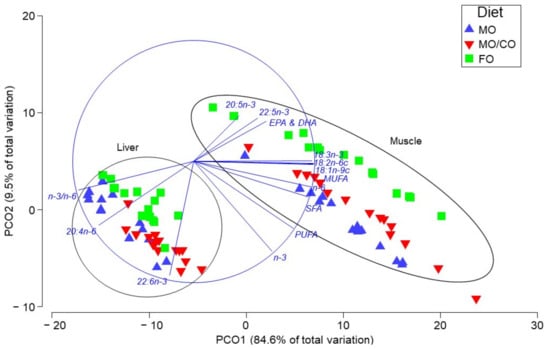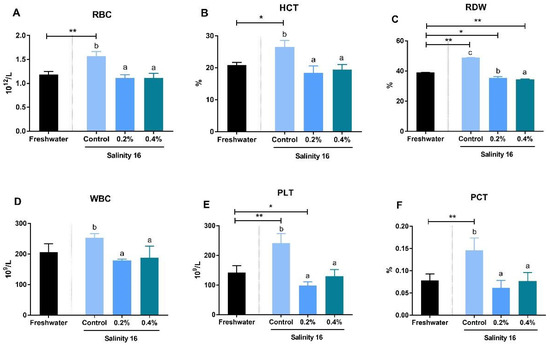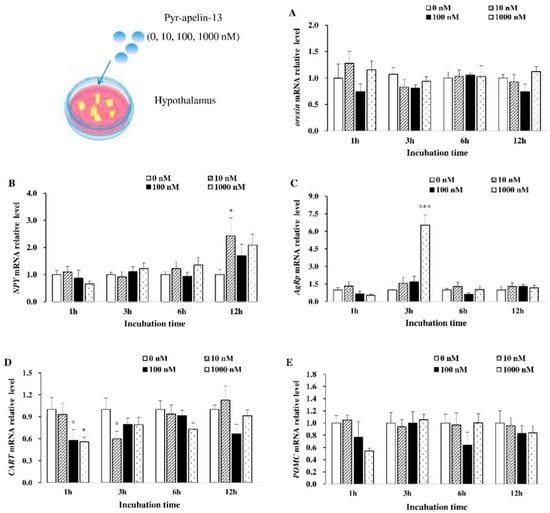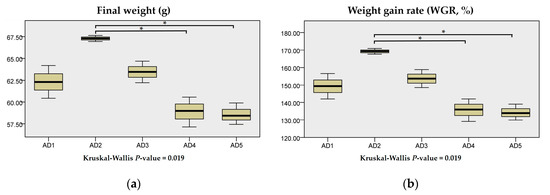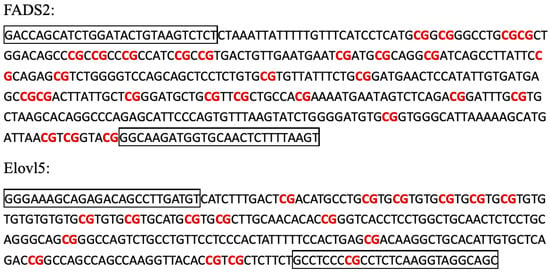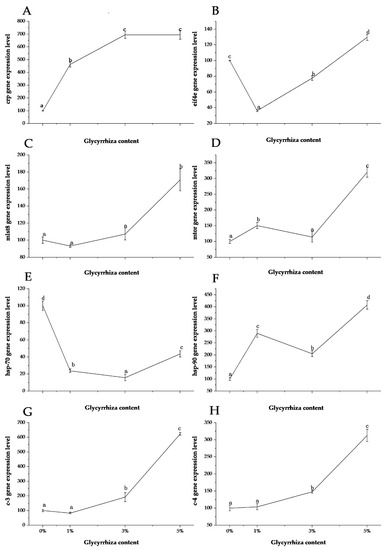Recent Advances in Fish Nutrition: Insights on the Nutritional Implications of Modern Formulations
A topical collection in Animals (ISSN 2076-2615). This collection belongs to the section "Aquatic Animals".
Viewed by 43694Editors
Interests: fish nutrition; aquaculture nutrition; feed manufacturing technology; aquaculture; mariculture
Special Issues, Collections and Topics in MDPI journals
Interests: fish nutrition; fish physiology; aquaculture nutrition; molecular nutrition; fatty acid metabolism
Topical Collection Information
Dear Colleagues,
Fish nutrition has been one of the most relevant research areas in aquaculture. The key baseline literature was published about 15–20 years ago, and is still used in research and commercial applications. However, the need to re-assess certain nutritional demands and requirements based on modern formulations is becoming more evident. This Topical Collection will discuss up-to-date formulations used by the aquafeed industry to maximize production performance, satisfy the nutritional needs beyond the species requirements benefiting animal physiology and welfare, address sustainability standards, and improve the nutritional quality of the final product. Recently, a series of papers in this context have contributed to the advancement of high-quality industry compounded aquafeeds to continue supporting the expansion of aquaculture production.
The present Topical Collection aims to present the latest advances in fish nutrition based on modern formulations which remarkedly differ from traditional formulations, focusing on, but not limited to:
- The re-assessment of macronutrient (protein, lipid, and carbohydrate) demands;
- The re-assessment of essential nutrients (amino acids, fatty acids, vitamins, minerals, and others);
- The use of feed additives;
- Novel ingredients including alternative ingredients, complementary ingredients, and blends of ingredients;
- Organic feeds;
- Nutritional quality of the final product.
Dr. Artur Rombenso
Dr. Bruno Araújo
Prof. Dr. Erchao Li
Collection Editors
Manuscript Submission Information
Manuscripts should be submitted online at www.mdpi.com by registering and logging in to this website. Once you are registered, click here to go to the submission form. Manuscripts can be submitted until the deadline. All submissions that pass pre-check are peer-reviewed. Accepted papers will be published continuously in the journal (as soon as accepted) and will be listed together on the collection website. Research articles, review articles as well as short communications are invited. For planned papers, a title and short abstract (about 100 words) can be sent to the Editorial Office for announcement on this website.
Submitted manuscripts should not have been published previously, nor be under consideration for publication elsewhere (except conference proceedings papers). All manuscripts are thoroughly refereed through a single-blind peer-review process. A guide for authors and other relevant information for submission of manuscripts is available on the Instructions for Authors page. Animals is an international peer-reviewed open access semimonthly journal published by MDPI.
Please visit the Instructions for Authors page before submitting a manuscript. The Article Processing Charge (APC) for publication in this open access journal is 2400 CHF (Swiss Francs). Submitted papers should be well formatted and use good English. Authors may use MDPI's English editing service prior to publication or during author revisions.
Keywords
- fish nutrition
- modern aquafeeds
- macronutrients
- essential nutrients
- feed additives
- novel ingredients
- organic feeds
- nutritional quality








